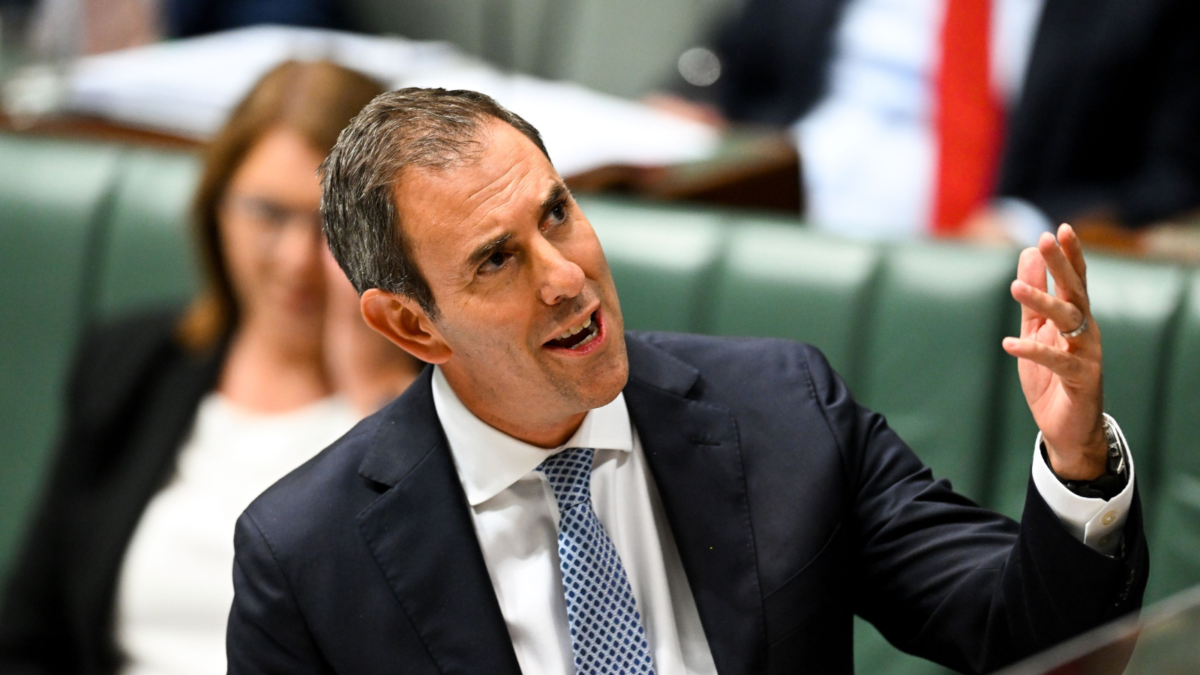YFYS changes get lukewarm reception from AustralianSuper
While the addition of more granular benchmarks to the Your Future Your Super (YFYS) performance test has been welcomed by some segments of the superannuation sector, AustralianSuper “questions the value” of adding more complexity to the test from a member and comparison perspective.
“The addition of more asset classes and benchmarks is proposed to “neutralise tracking error”. Whilst some in the industry have advocated for more asset classes and benchmarks to “neutralise tracking error”, this only serves to further eliminate the incorporation of asset allocation and portfolio construction decisions in the test,” AustralianSuper said in its new submission to Treasury. “The test becomes an even more granular attribution exercise – where each fund compares itself against an increasingly granular and self-defined strategic asset allocation.”
Funds should instead be measured against a “universal industry benchmark” that tests all aspects of an investment strategy – asset allocation, portfolio construction and security selection. AustralianSuper says that the proposed changes will only focus funds more closely on security selection, the “least important of the three aspects for generating net member returns”.
“We understand the rationale for introducing the additional benchmarks at a more granular level,” the submission says. “However, the proposed changes do not address the ongoing risk of funds ‘hugging the benchmark’ and the test outcomes are still not well-aligned with outcomes for members that incorporate all dimensions of performance a fund can control.”
In late 2022, AustralianSuper CEO Paul Schroder (pictured) said that the performance test was a “tremendous positive change” that the Morrison Government didn’t get enough credit for but that funds get caught up in “this detail and that detail and clause one, two, three”.
“The bottom line is we have a great system and we have to improve it,” Schroder said. “I’m actually absolutely frustrated with sitting in rooms where people are going down to the minutiae and not remembering that members need you to perform.”
“We get distracted by this off to the edge detail (when the question is) should we as funds make more money than a passive benchmark? Of course. Should we make more money than the median? Of course. If we can’t keep doing that we should stop and give the money to someone else.”
The key changes to the YFYS performance test announced in early April were threefold: the application of the test to trustee-directed products (TDPs); the extension of the length of the test to 10 years; and the introduction of a handful of new and updated benchmarks to make some asset classes more manageable within the constraints of the test. The new benchmarks include low-risk and high-risk alternatives (25/75 equities/bonds and 75/25 equities/bonds); disaggregated benchmarks for emerging and developed markets in global equities; and disaggregated benchmarks for fixed income, including ex credit.
AustralianSuper took aim at a number of the benchmark changes, saying that there is no “industry-agreed definition” of growth and defensive alternatives and that the introduction of the new benchmarks for them disincentivises funds from disclosing certain alternative assets as growth alternatives even if they fit the profile.
The decision to disaggregate internal equity benchmarks into developed and emerging markets is also an “unnecessary” delineation that will only serve to “mask poor decisions”, the submission says; funds that previously initiated over- or underweights in order to outperform should be held to account for decisions that have added or subtracted value. AustralianSuper also believes that it would be pragmatic to retain the existing fixed interest benchmark over the new Bloomberg Ausbond Master Index, which includes inflation linked bonds (ILBs).
“The Australian ILBs market has not developed to the point where the liquidity allows us as managers to make active decisions around this sector allocation,” the submission says. “Likewise, building even an index weight would likely take many months or years, due to the low liquidity in this market. The extended duration of the ILB index reduces its attractiveness for any defensively styled investments.”
AustralianSuper said that the extension of the test period from eight years to 10 years would bring it in line with the timeframe required for APRA product dashboards, but that it was “not aware of any compelling rationale” for the performance test to only apply on a one-year timeframe for administration fees.
“The investment performance period is eight years (and being extended),” the submission says. “Net benefit is what is most important to outcomes in members’ best financial interests. We have seen funds adjust their administration fees to change their administration and performance history, in a way that may be short term and not reflective of long-term administration savings.”
“The one-year timeframe for administrative fees represents an inconsistency at the heart of the performance test. It makes the performance test less reflective of strong long-term performance in generating net benefit for members.”











